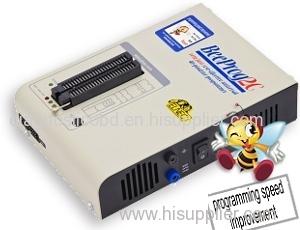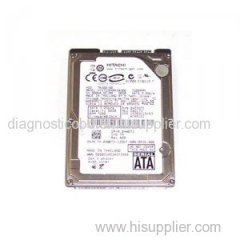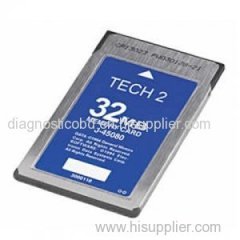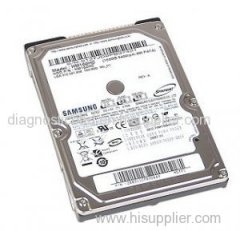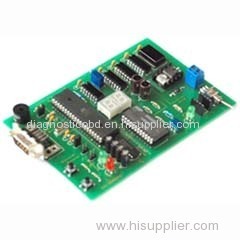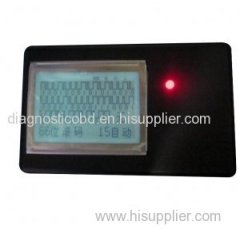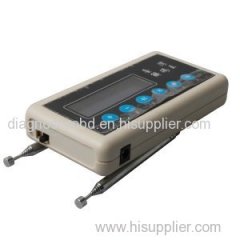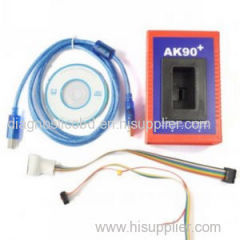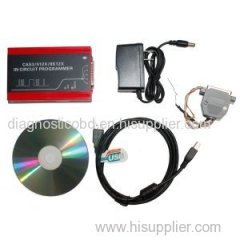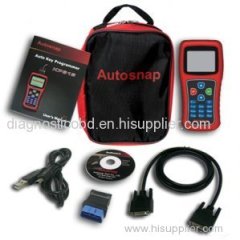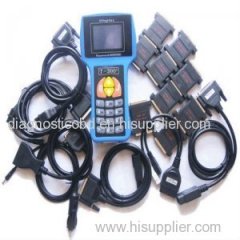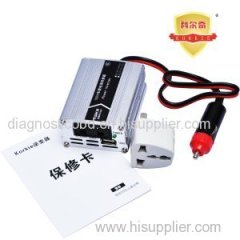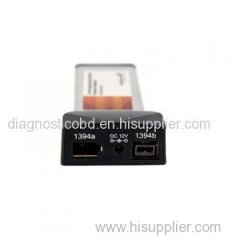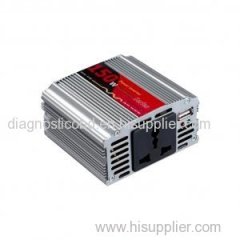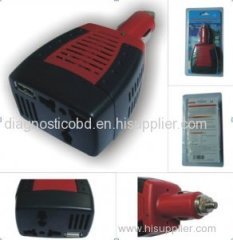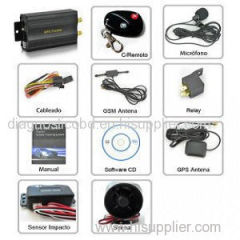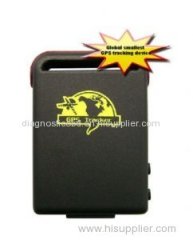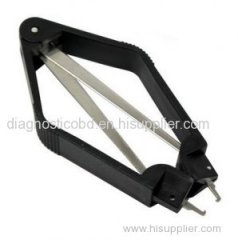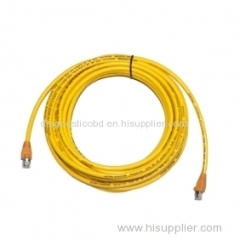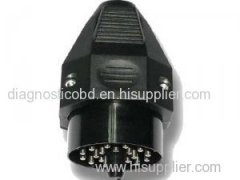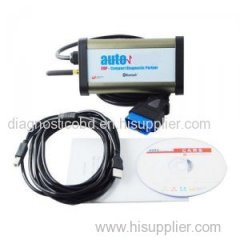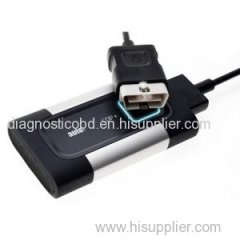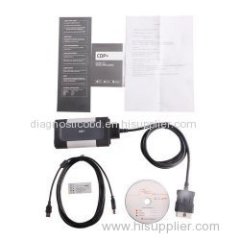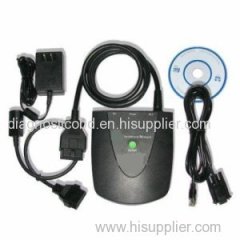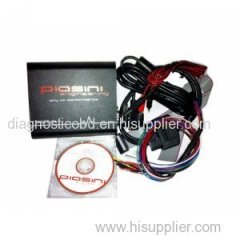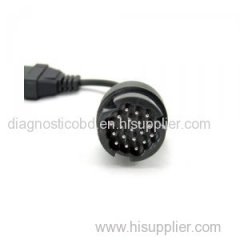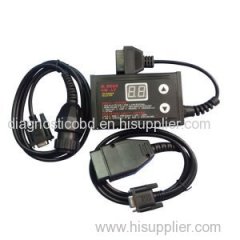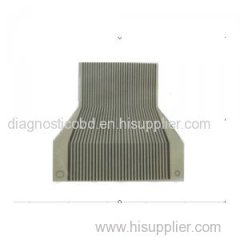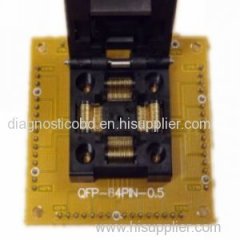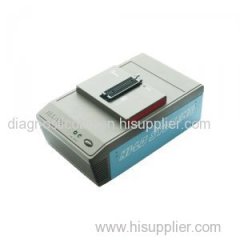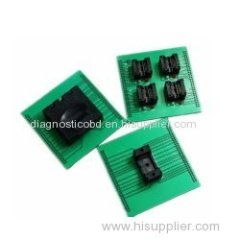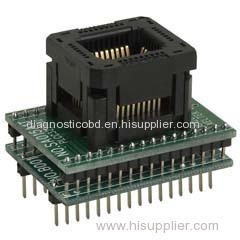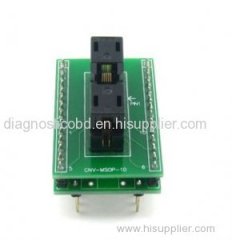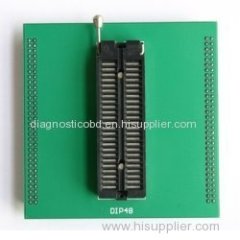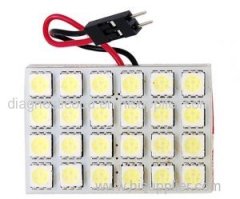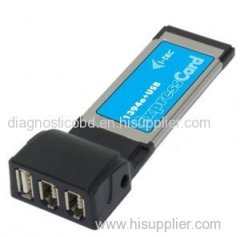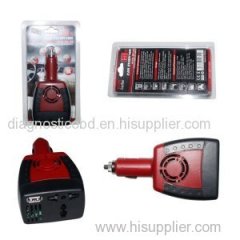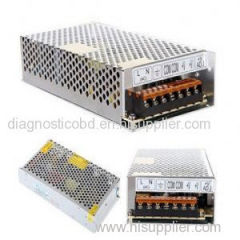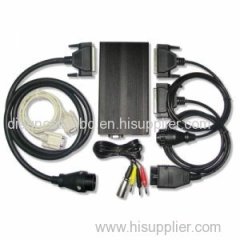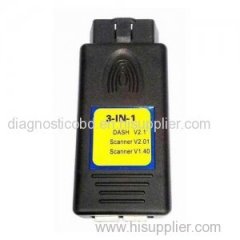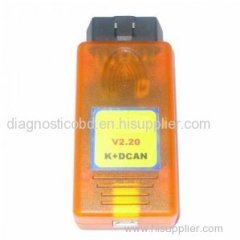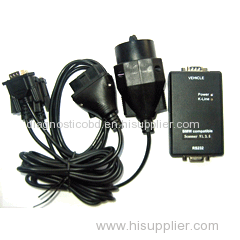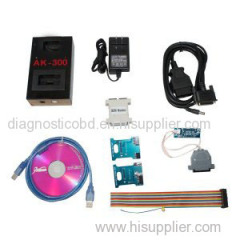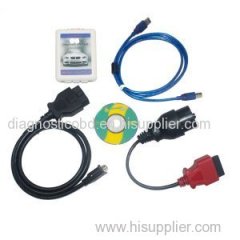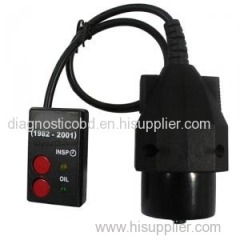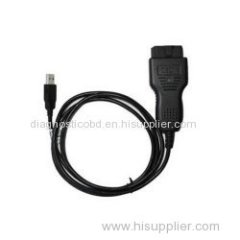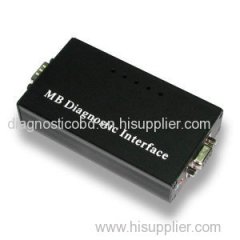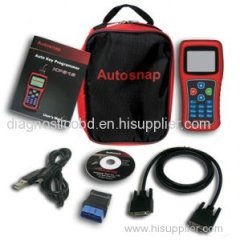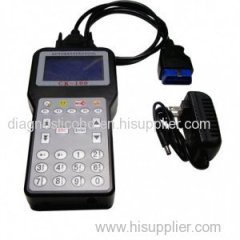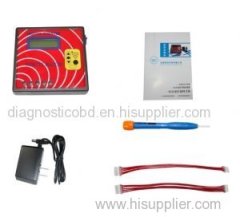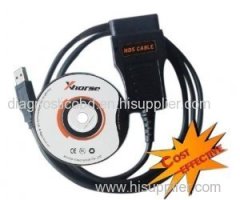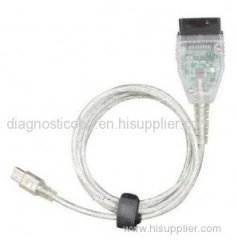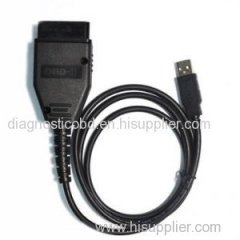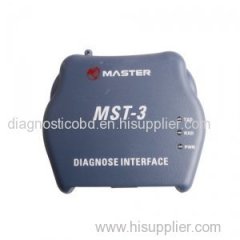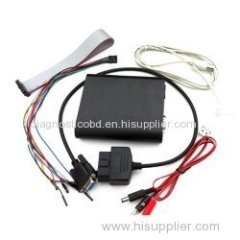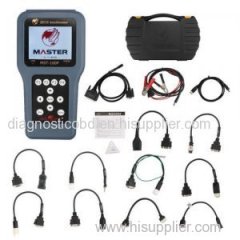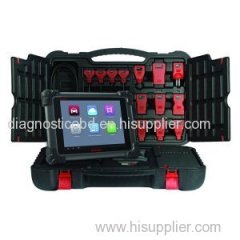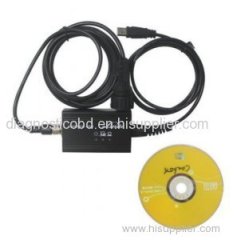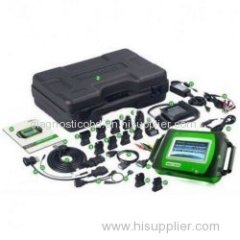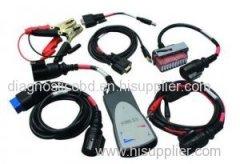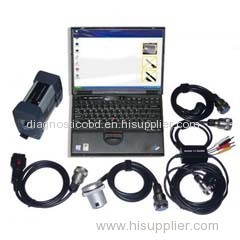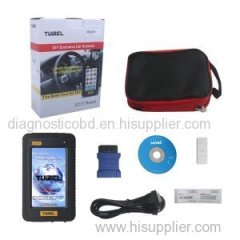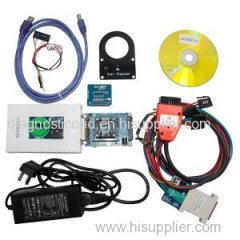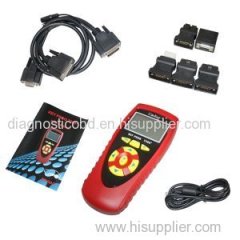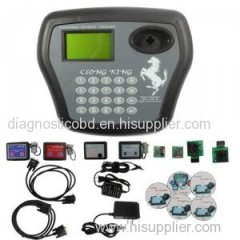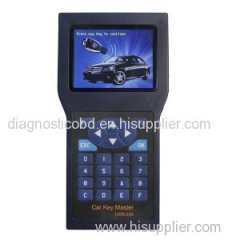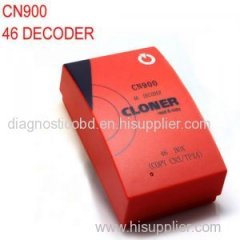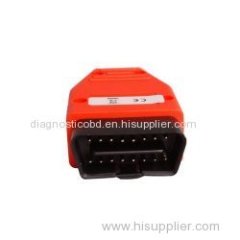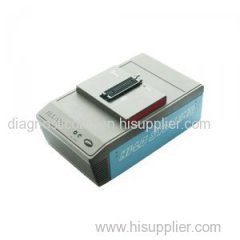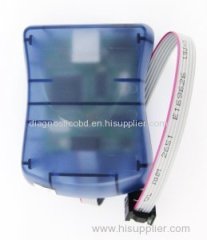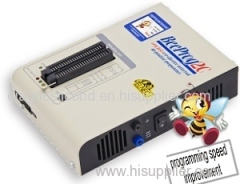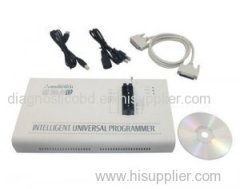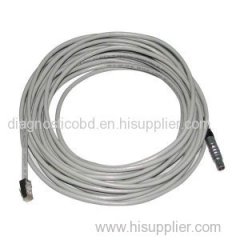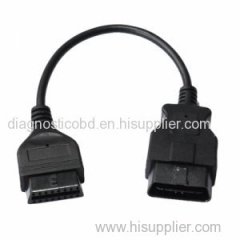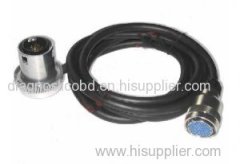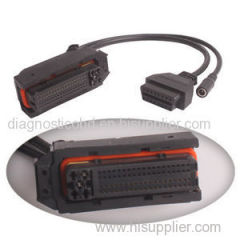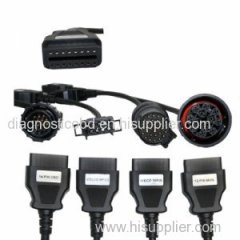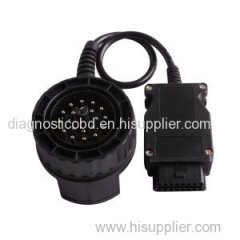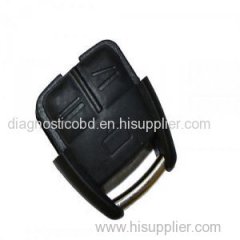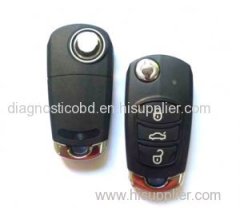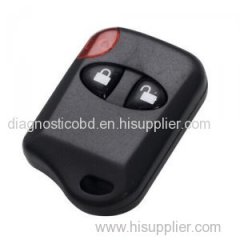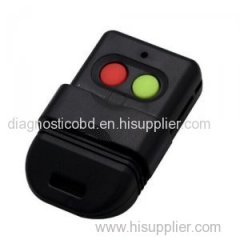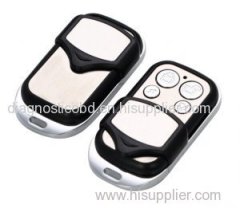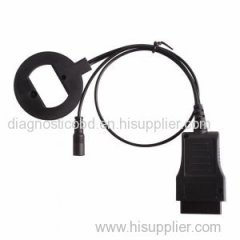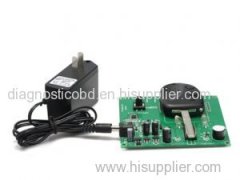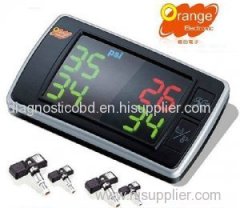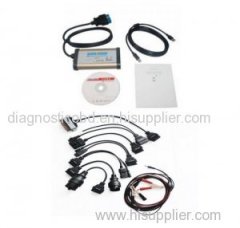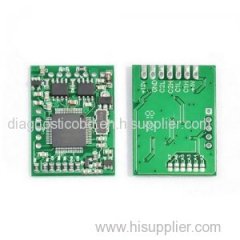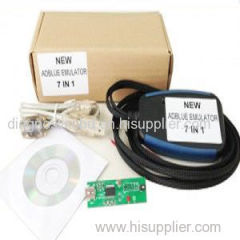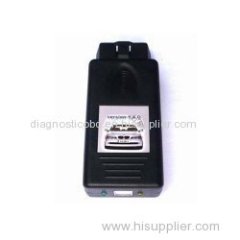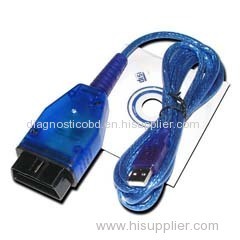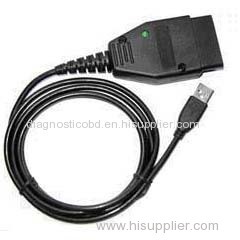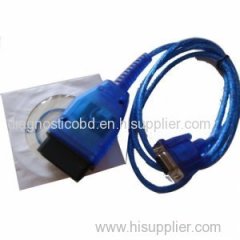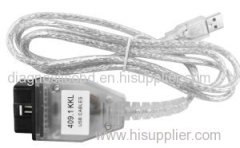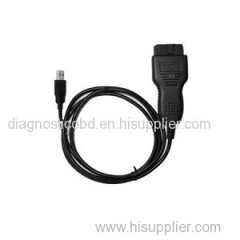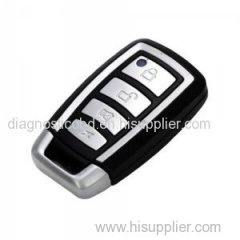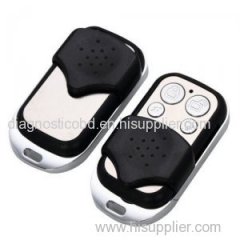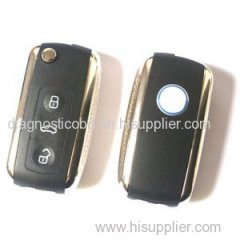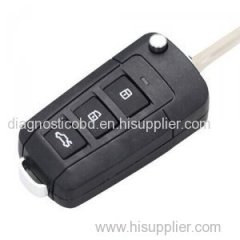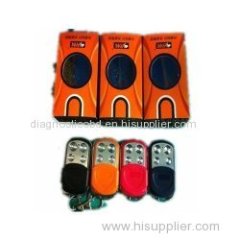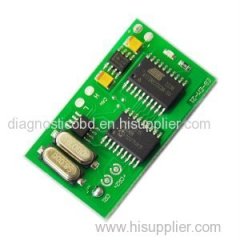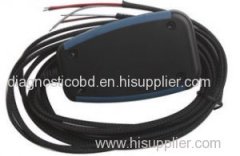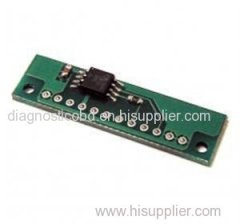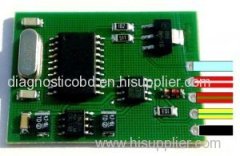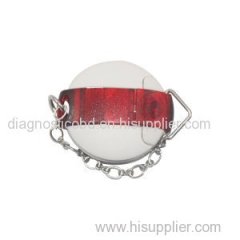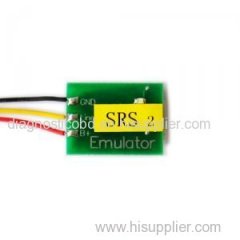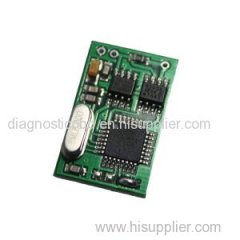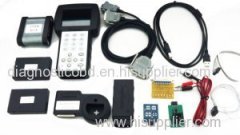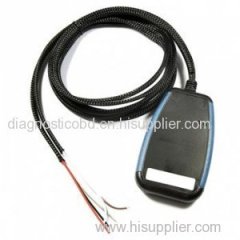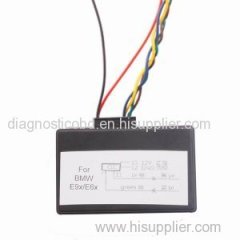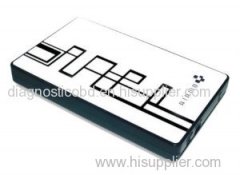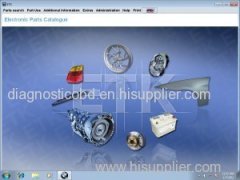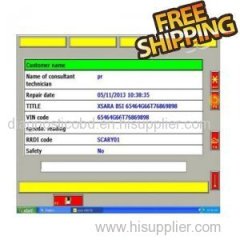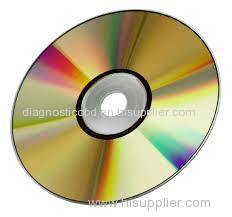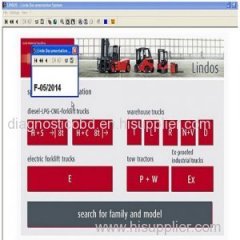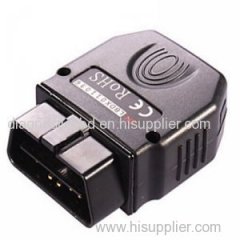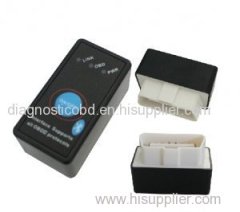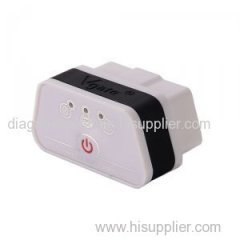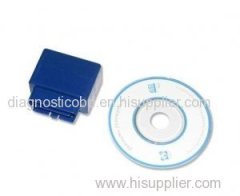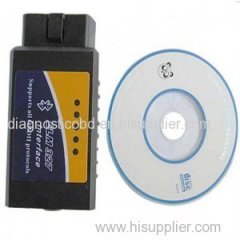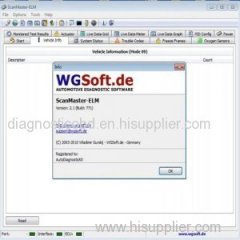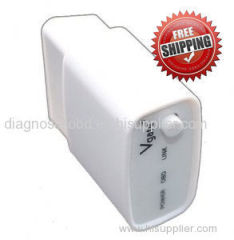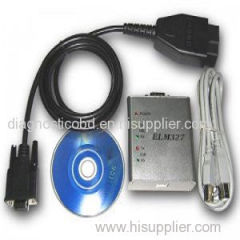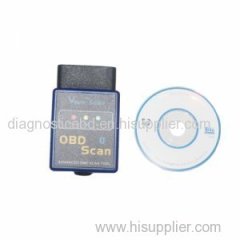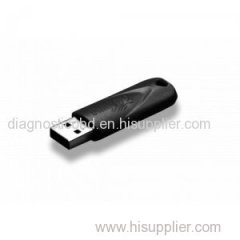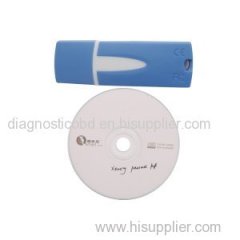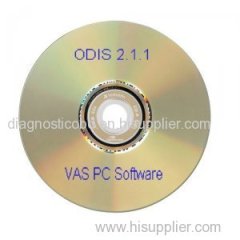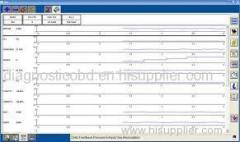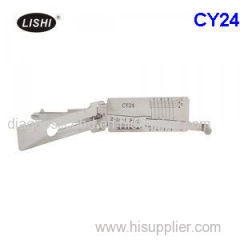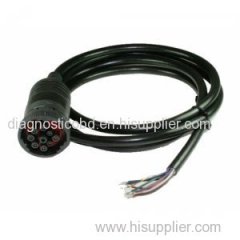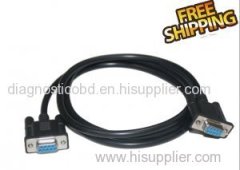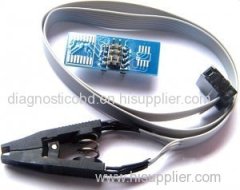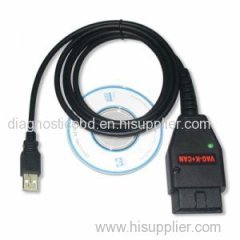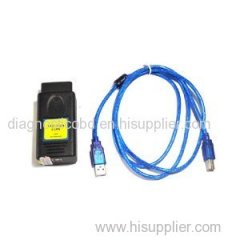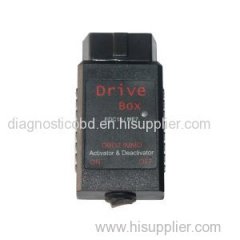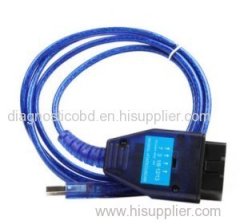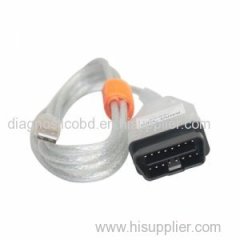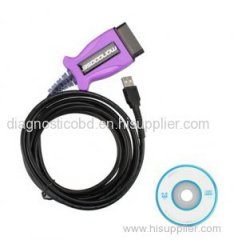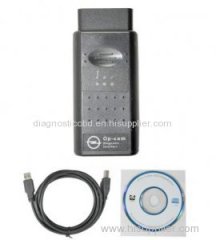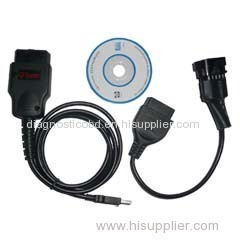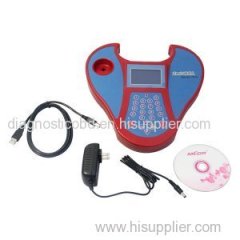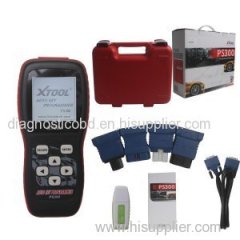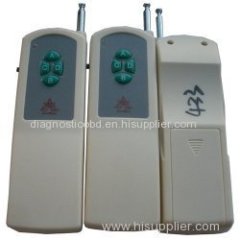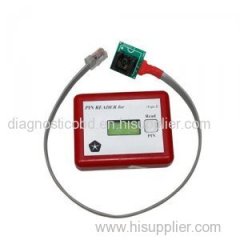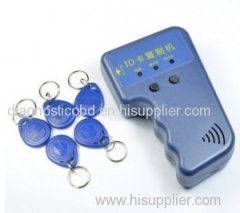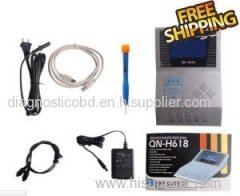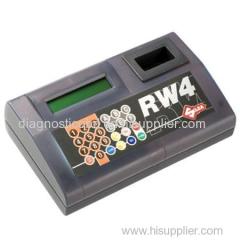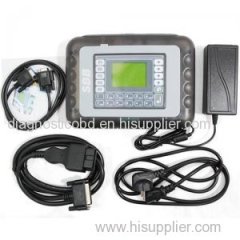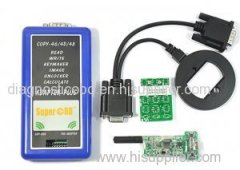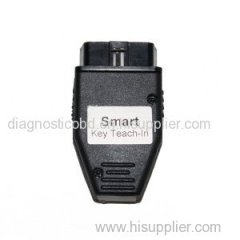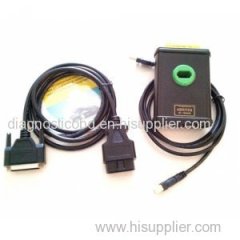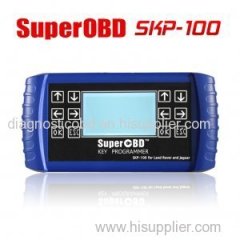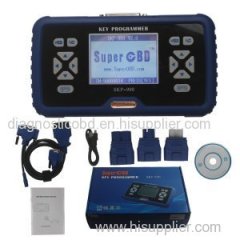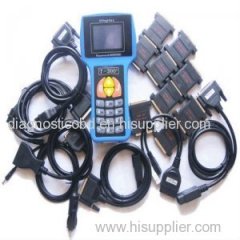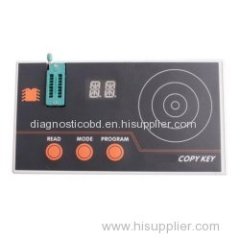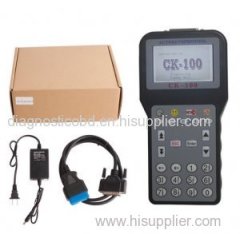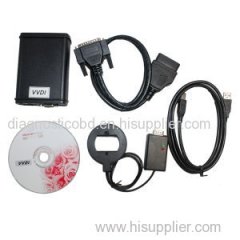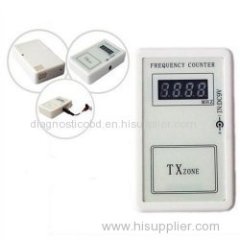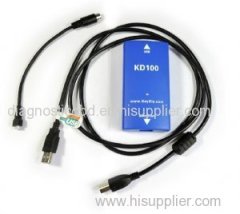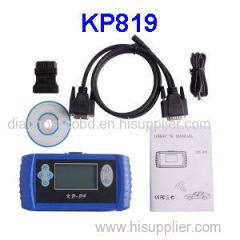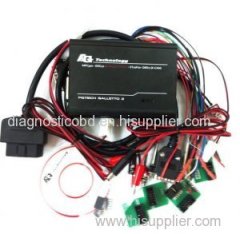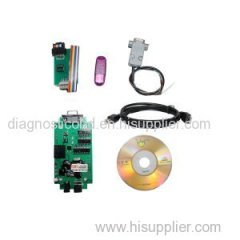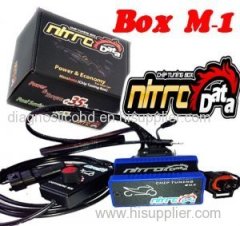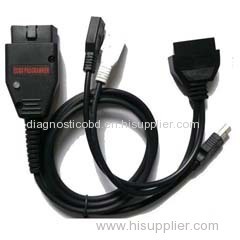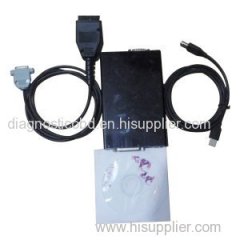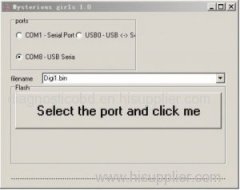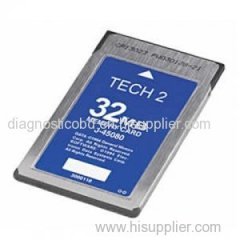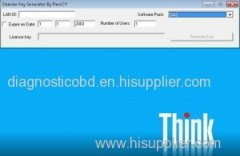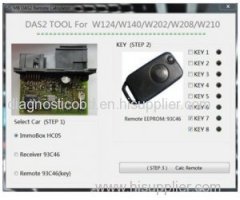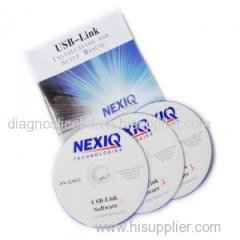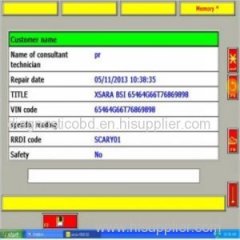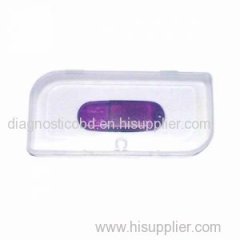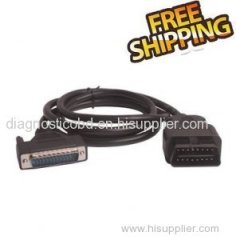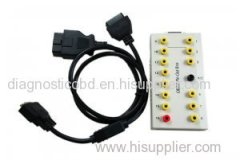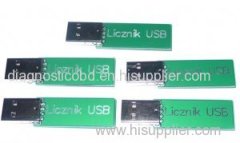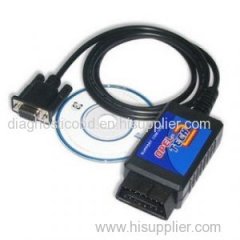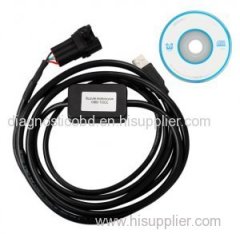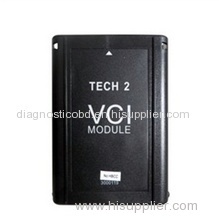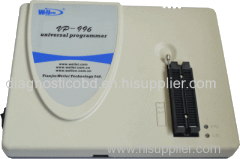|
Adk co.,ltd
|
BeeProg2C Universal programmer Elnec BeeProg2C EEprom Programmer
| Place of Origin: | Guangdong, China (Mainland) |
|
|
|
| Add to My Favorites | |
| HiSupplier Escrow |
Product Detail
BeeProg2C is auto diagnostic obd centre update version of beeprog programmer. Universal BeeProg2C is extremely fast universal USB interfaced programme
BeeProg2C Universal programmer Elnec BeeProg2C EEprom Programmer
Elnec BeeProg2C Universal flash programmer BeeProg2C high speed programmer
BeeProg2C Short introduction:
BeeProg2C is extremely fast universal USB interfaced programmer.
Cost effective version of BeeProg2 programmer (differences see below).
If you need to program some of the mentioned devices, see BeeProg2 programmer.
70253 supported devices from 287 manufacturers by 2.92 version of SW (27. Sep. 2012)
extremely fast programming, one of the fastest programmers in this
category. Programs 64-Mbit NOR Flash memory less than 9 seconds and
1Gbit NAND Flash less than 70 sec.
48-pins powerful pindrivers, no adapter required for any DIL devices
BeeProg2C multiprogramming Features
GENERAL
BeeProg2C is USB-compatible, MS Windows (from Windows 2000 to Windows 7
64-bit) based ELNEC universal programmers, built to meet the strong
demand of the small manufacturing and developers community for the fast
and reliable universal programmer.
BeeProg2C programmer have hardware identical with the BeeProg2
programmer, the differences are only in software. BeeProg2C have next
limitations against BeeProg2:
BeeProg2C programmer can be any time upgraded to BeeProg2 using BeeProg2C to BeeProg2 upgrade kit
Supports all kinds of types and silicon technologies of today and
tomorrow programmable devices without family-specific module. You have
freedom to choose the optimal device for your design. Using built-in
in-circuit serial programming (ISP) connector, the programmer is able to
program ISP capable chips in circuit.
Provides very competitive price coupled with excellent hardware design for reliable programming.
Extremely fast programming due to high-speed FPGA driven hardware and
execution of time-critical routines inside of the programmer. As a
result, when used in production this one-socket-programmer waits for an
operator, and not the other way round.
HARDWARE
FPGA based totally reconfigurable 48 powerful TTL pindrivers provide
H/L/pull_up/pull_down and read capability for each pin of socket.
Advanced pindrivers incorporate high-quality high-speed circuitry to
deliver signals without overshoot or ground bounce for all supported
devices. Improved pin drivers drivers operate down to 1.8V so you'll be
ready to program the full range of today's advanced low-voltage devices.
The programmer performs device insertion test (wrong or backward
position) and contact check (poor contact pin-to-socket) before it
programs each device. These capabilities, supported by overcurrent
protection and signature-byte check help prevent chip damage due to
operator error.
Built-in protection circuits eliminate damage of programmer and/or
programmed device due to environment or operator failure. All the inputs
of the BeeProg2C programmer, including the ZIF socket, connection to PC
and power supply input, are protected against ESD up to 15kV.
BeeProg2C programmer performs programming verification at the marginal
level of supply voltage, which, obviously, improves programming yield,
and guarantees long data retention.
SOFTWARE
Programmer is driven by an easy-to-use control program with pull-down
menu, hot keys and on-line help. Selecting of device is performed by its
class, by manufacturer or simply by typing a fragment of vendor name
and/or part number.
Standard device-related commands (read, blank check, program, verify,
erase) are boosted by some test functions (insertion test,
signature-byte check), and some special functions (autoincrement,
production mode - start immediately after insertion of chip into
socket).
The rich-featured auto-increment function enables one to assign
individual serial numbers to each programmed device - or simply
increments a serial number, or the function enables one to read serial
numbers or any programmed device identification signatures from a file.
The software also provide a many information about programmed device.
As a special, the drawing of all available packages are provided. The
software provide also explanation of chip labelling (the meaning of
prefixes and suffixes at the chips) for each supported chip.
The remote control feature allows to be PG4UW software flow controlled
by other application – either using. BAT file commands or using DLL
file. DLL file, examples (C/PAS/VBASIC/.NET) and manual are part of
standard software delivery.
VME files are interpreted by VME Player. VME file is a compressed
binary variation of SVF file and contains high-level IEEE 1149.1 bus
operations. SVF files are interpreted by SVF Player. SVF file (Serial
Vector Format) contains high-level IEEE 1149.1 bus operations. SVF files
are generated by design software which is provided by manufacturer of
respective programmable device. Chips are programmed in-ZIF or through
ISP connector (IEEE 1149.1 Joint Test Action Group (JTAG) interface).
VME files are generated by design software which is provided by
manufacturer of respective programmable device. Chips are programmed
in-ZIF or through ISP connector (IEEE 1149.1 Joint Test Action Group
(JTAG) interface).
Multiple devices are possible to program and test via JTAG chain: JTAG
chain (ISP-Jam), JTAG chain (ISP-VME), JTAG chain (ISP-SVF) or JTAG
chain (ISP-STP).
Attaching of more BeeProg2C programmers to the same PC (through USB
port) is achieved a powerful multiprogramming system, which support as
many chips, as are supported by BeeProg2C programmer and without obvious
decreasing of programming speed. It is important to know, there is a
concurrent multiprogramming - each programmer works independently and
each programmer can program different chip, if necessary.
ZIF socket pindriver
48-pin DIL ZIF (Zero Insertion Force) socket accepts both 300/600 mil devices up to 48-pin
pindrivers: 48 universal
VCCP/VPP1/VPP2 can be connected to each pin
perfect ground for each pin
FPGA based TTL driver provides H, L, CLK, pull-up, pull-down on all pindriver pins
analog pindriver output level selectable from 1.8 V up to 26V
current limitation, overcurrent shutdown, power failure shutdown
ESD protection on each pin of socket (IEC1000-4-2: 15kV air, 8kV contact)
continuity test: each pin is tested before every programming operation
ISP connector
20-pin male type with missinsertion lock
6 TTL pindrivers, provides H, L, CLK, pull-up, pull-down; level H
selectable from 1.8V up to 5V to handle all (low-voltage including)
devices.
1x VCCP voltage (range 2V..7V/100mA), can be applied to two pins
programmed chip voltage (VCCP) with both source/sink capability and voltage sense
1x VPP voltage (range 2V..25V/50mA), can be applied to six pins
target system supply voltage (range 2V..6V/250mA)
ESD protection on each pin of ISP connector (IEC1000-4-2: 15kV air, 8kV contact)
two output signals, which indicate state of work result = LED OK and LED Error (active level: min 1.8V)
input signal, switch YES! equivalent (active level: max 0.8V)
DEVICE SUPPORT
Programmer in ZIF socket
EPROM: NMOS/CMOS, 27xxx and 27Cxxx series, with 8/16 bit data width, full support for LV series
EEPROM: NMOS/CMOS, 28xxx, 28Cxxx, 27EExxx series, with 8/16 bit data width
Flash EPROM: 28Fxxx, 29Cxxx, 29Fxxx, 29BVxxx, 29LVxxx, 29Wxxx, 49Fxxx
series, Samsung's K8Fxxxx, K8Cxxxx, K8Sxxxx, K8Pxxxx series, from
256Kbit to 1Gbit, with 8/16 bit data width, full support for LV series
NAND FLASH: Samsung K9xxx, Hynix HY27xxx, Toshiba TC58xxx, Micron MT29Fxxx, Spansion S30Mxxx, Numonyx (ex STM) NANDxxx
LBA-NAND: Toshiba THGVNxxx
mDOC H3: SanDisk (ex M-Systems) SDED5xxx, SDED7xxx, MD2533xxx, MD2534xxx, Hynix HY23xxx
Multi-chip devices: NAND+RAM, NOR+RAM, NOR+NOR+RAM, NAND+NOR+RAM
Clocks: TI(TMS), Cypress
Special chips: Atmel Tire Pressure Monitoring ATA6285N, ATA6286N, PWM
controllers: Zilker Labs, Analog Devices, Gamma buffers: TI, Maxim ...
Microcontrollers MCS51 series: 87Cxxx, 87LVxx, 89Cxxx, 89Sxxx, 89Fxxx,
89LVxxx, 89LSxxx, 89LPxxx, 89Exxx, 89Lxxx, all manufacturers, Philips
LPC series
Microcontrollers Intel 196 series: 87C196 KB/KC/KD/KT/KR/...
Microcontrollers Atmel ARM. ARM7: AT91SAM7Sxx, AT91SAM7Lxx,
AT91SAM7Xxx, AT91SAM7XCxx, AT91SAM7SExx series; ARM9: AT91SAM9xxx
series; ARM Cortex-M3: AT91SAM3Uxxx series
Microcontrollers Atmel AVR 8bit/16bit: AT90Sxxxx, AT90pwm, AT90can, AT90usb, ATtiny, ATmega, ATxmega series
Microcontrollers Atmel AVR32: AT32UC3xxxx
Microcontrollers Chipcon (TI): CC11xx, CC24xx, CC25xx series
Microcontrollers Coreriver: Atom 1.0, MiDAS1.0, 1.1, 2.0, 2.1, 2.2, 3.0 series
Microcontrollers Cypress: CY7Cxxxxx, CY8Cxxxxx
Microcontrollers ELAN: EM78Pxxx
Microcontrollers Infineon(Siemens): XC800, C500, XC166, C166 series
Microcontrollers MDT 1xxx and 2xxx series
Microcontrollers Microchip PICmicro: PIC10xxx, PIC12xxx, PIC16xxx, PIC17Cxxx, PIC18xxx, PIC24xxx, dsPIC, PIC32xxx series
Microcontrollers Motorola/Freescale: HC05, HC08, HC11, HC12, HCS08, RS08, S12, S12X, MC56F, MCF51, MCF52 series
Microcontrollers Myson MTV2xx, 3xx, 4xx, 5xx, CS89xx series
Microcontrollers National: COP8xxx series
Microcontrollers NEC: uPD70Fxxx, uPD78Fxxx series
Microcontrollers Novatek: NT68xxx series
Microcontrollers Nuvoton (Winbond): N79xxx, W77xxx, W78xxx, W79xxx, W83xxx series
Microcontrollers NXP ARM Cortex-M3: LPC13xx, LPC17xx series
Microcontrollers Philips (NXP) UOC series: UOCIII, UOC-TOP, UOC-Fighter series
Microcontrollers Philips (NXP) ARM7: LPC2xxx, PCD807xx, SAF7780xxx series
Microcontrollers Scenix (Ubicom): SXxxx series
Microcontrollers Renesas: R8C/Tiny series
Microcontrollers SGS-Thomson: ST6xx, ST7xx, ST10xx, STR7xx series
Microcontrollers SyncMOS: SM59xxx, SM73xxx, SM79xxx, SM89xxx series
Microcontrollers & Programmable System Memory STMicroelectronics: uPSD, PSD series
Microcontrollers STM: ST6xx, ST7xx, ST10xx, STR7xx, STR9xx, STM32Fxx, STM8A/S/L series
Microcontrollers Silicon Laboratories(Cygnal): C8051 series
Microcontrollers Texas Instruments: MSP430, MSC12xx series, TMS320F series
Microcontrollers Texas Instruments (ex Luminary Micro): LM3Sxxx, LM3Sxxxx series
Microcontrollers ZILOG: Z86/Z89xxx and Z8Fxxxx, Z8FMCxxxxx, Z16Fxxxx,
ZGP323xxxxxx, ZLF645xxxxxxx, ZLP12840xxxxx, ZLP323xxxxxxx series
Microcontrollers other: EM Microelectronic, Fujitsu, Goal
Semiconductor, Hitachi, Holtek, Novatek, Macronix, Princeton, Winbond,
Samsung, Toshiba, Mitsubishi, Realtek, M-Square, ASP, Coreriver,
Gencore, EXODUS Microelectronic, Megawin, Syntek, Topro, TinyARM,
VersaChips, SunplusIT, Nordic, M-Square, QIXIN, Signetic, Tekmos,
Weltrend, Amic, Cyrod Technologies, Ember, Ramtron, Nordic
Semiconductor, Samsung ...
Programmer through ISP connector
Serial E(E)PROM: IIC series, MW series, SPI series, KEELOQ series, PLD configuration memories, UNI/O series
1-Wire E(E)PROM: DS1xxx, DS2xxx
Serial Flash: standard SPI (25xxx), DataFlash (AT45Dxxx, AT26Dxxx)
Microcontrollers Atmel: AT89Sxxx, AT90pwm, AT90can, AT90usb, AT90Sxxxx, ATtiny, ATmega, ATxmega, AT89LSxxx, AT89LPxxx
Microcontrollers Atmel AVR32: AT32UC3xxxx
Microcontrollers Chipcon (TI): CC11xx, CC24xx, CC25xx series
Microcontrollers Cypress: CY8C2xxxx
Microcontrollers Elan: EM78Pxxx, EM6xxx series
Microcontrollers EM Microelectronic: 4 and 8 bit series
Microcontrollers Microchip PICmicro: PIC10xxx, PIC12xxx, PIC16xxx, PIC17xxx, PIC18xxx, PIC24xxx, dsPIC, PIC32xxx series
Microcontrollers Mitsubishi: M16C
Microcontrollers Motorola/Freescale: HC08 (both 5-wire, All-wire), HC11, HC12, HCS08, S12, S12X, MC56F, MCF52 series
Microcontrollers Nordic Semiconductor: nRF24xxx
Microcontrollers NEC: uPD7xxx series
Microcontrollers Philips (NXP): LPC1xxx, LPC2xxx, LPCxx series, 89xxx series
Microcontrollers Renesas: R8C/Tiny series
Microcontrollers Realtek, M-Square
Microcontrollers Scenix (Ubicom): SXxxx series
Microcontrollers STM: ST7xxx, STR7xx, STR9xx, STM32Fxx, STM8A/S/L series
Microcontrollers Silicon Laboratories(Cygnal): C8051 series
Microcontrollers & Programmable System Memory STMicroelectronics: uPSD, PSD series
Microcontrollers TI: MSP430 (both JTAG and BSL series), MSC12xxx series
Microcontrollers ZILOG: Z8Fxxxx, Z8FMCxxxxx, Z16Fxxxx series, ZLF645x0xx
I.C. Tester
TTL type: 54,74 S/LS/ALS/H/HC/HCT series
CMOS type: 4000, 4500 series
Static RAM: 6116 .. 624000
User definable test pattern generation
Notes: It is important to say, we
always use random numbers data pattern for programming speed testing.
Some our competitors use "sparse" data pattern, where only few non-blank
data are programmed or there are used data with only few 0 bits (FE,
EF, etc.). This cheating approach can "decrease" programming time
considerable. If you plan to compare, ask always which pattern they use.
The programming speed depends on PC speed only slightly.
SOFTWARE
Algorithms: only manufacturer approved or certified algorithms are used. Custom algorithms are available at additional cost.
Main features: revision history, session logging, on-line help, device and algorithm information.
Device operations
security:
insertion test, reverse insertion check
contact check
ID byte check
special:
production mode (automatic start immediately after device insertion)
multi-project mode
lot of serialization modes (more type of incremental modes, from-file mode, custom generator mode)
statistic
count-down mode
Buffer operations
view/edit, find/replace
fill/copy, move, byte swap, word/dword split
checksum (byte, word)
print
File load/save
no download time because programmer is PC controlled
automatic file type identification/recognition
Supported file formatsunformatted (raw) binary

